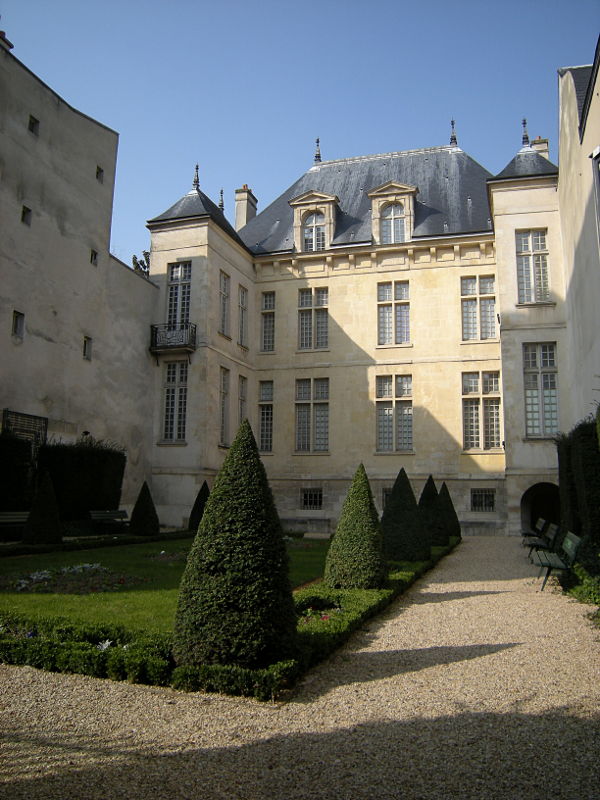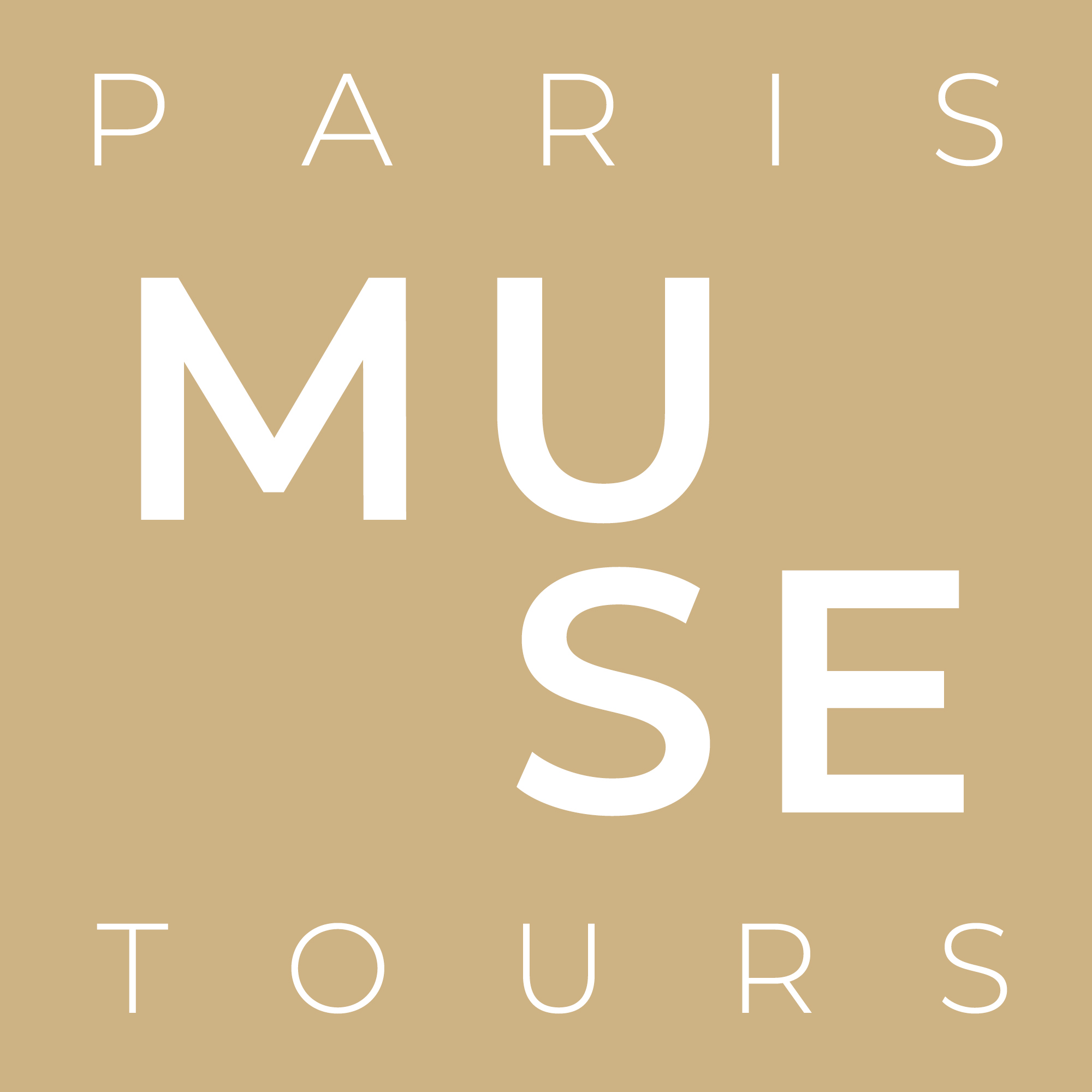Ernest Cognacq and Marie-Louise Jay made their fortune in a decidedly 20th-century way—by selling mass-produced goods in the very modern La Samaritaine department store. When it came to their own shopping tastes, however, the couple preferred the one-of-a-kind and the custom-made, and their taste in art and furniture was far more old-fashioned. Between 1900 and 1925, they amassed one of the finest private collections of 18th-century painting and objets d’art, which the couple then donated to the city of Paris.
 The Cognacq-Jay’s collection is now beautifully installed in four floors of the restored Hôtel Donon. It doesn’t take a big leap of the imagination to see and feel what daily home life for members of the ancien régime must have been like before the Revolution—luxuriating in a Louis XVI chair covered with Beauvais tapestry made after designs by Oudry and Boucher, checking the time on a stunning mantle clock by Sèvres, penning a brief note on a Boulle bureau inlaid with ivory, and settling in, after a long hard day, on a royal bed à la Polonaise. (There is a magnificent one on the Cognacq-Jay’s third floor which once belonged to the Madame Adelaïde, aunt to the king).
The Cognacq-Jay’s collection is now beautifully installed in four floors of the restored Hôtel Donon. It doesn’t take a big leap of the imagination to see and feel what daily home life for members of the ancien régime must have been like before the Revolution—luxuriating in a Louis XVI chair covered with Beauvais tapestry made after designs by Oudry and Boucher, checking the time on a stunning mantle clock by Sèvres, penning a brief note on a Boulle bureau inlaid with ivory, and settling in, after a long hard day, on a royal bed à la Polonaise. (There is a magnificent one on the Cognacq-Jay’s third floor which once belonged to the Madame Adelaïde, aunt to the king).
Thanks to a stunning collection of portraits by Nattier, Gérard, Labille-Guiard, and Van Loo, we also get a vivid sense of what these people looked like. Artists paid meticulous attention to sumptuous details in the clothes and jewelry of their sitters, so the paintings will also interest budding fashion historians. Our favorites were the personalities captured in still fresh-looking pastels by Quentin de la Tour (room 12), and the wacky genre scenes by Hubert Robert, including one of an archaeologist falling from the temple frieze he is studying (room 9). Works by Greuze and Watteau round out these highlights.
Like the rococo style itself, there are many hidden surprises here, so take your time when exploring each of the intimate rooms. Don’t miss the series of vitrines showcasing precious snuff boxes, pocket watches, and tiny enamel portraits, tucked away in a hall space on the third floor (room 16).
Each salle has an informational card in French, which antique and flea-market aficionados in particular will find enormously helpful. There is a complete objet d’art vocabulary lesson in each one. What crusty French dealer won’t take you more seriously after confidently asking the price for that “paire de sellettes” in the corner?
If you can read a bit of French, we also recommend visiting the site before you go (click on link below). Many of the works from the collection are reproduced and described in some detail.
Visit the museum’s site





